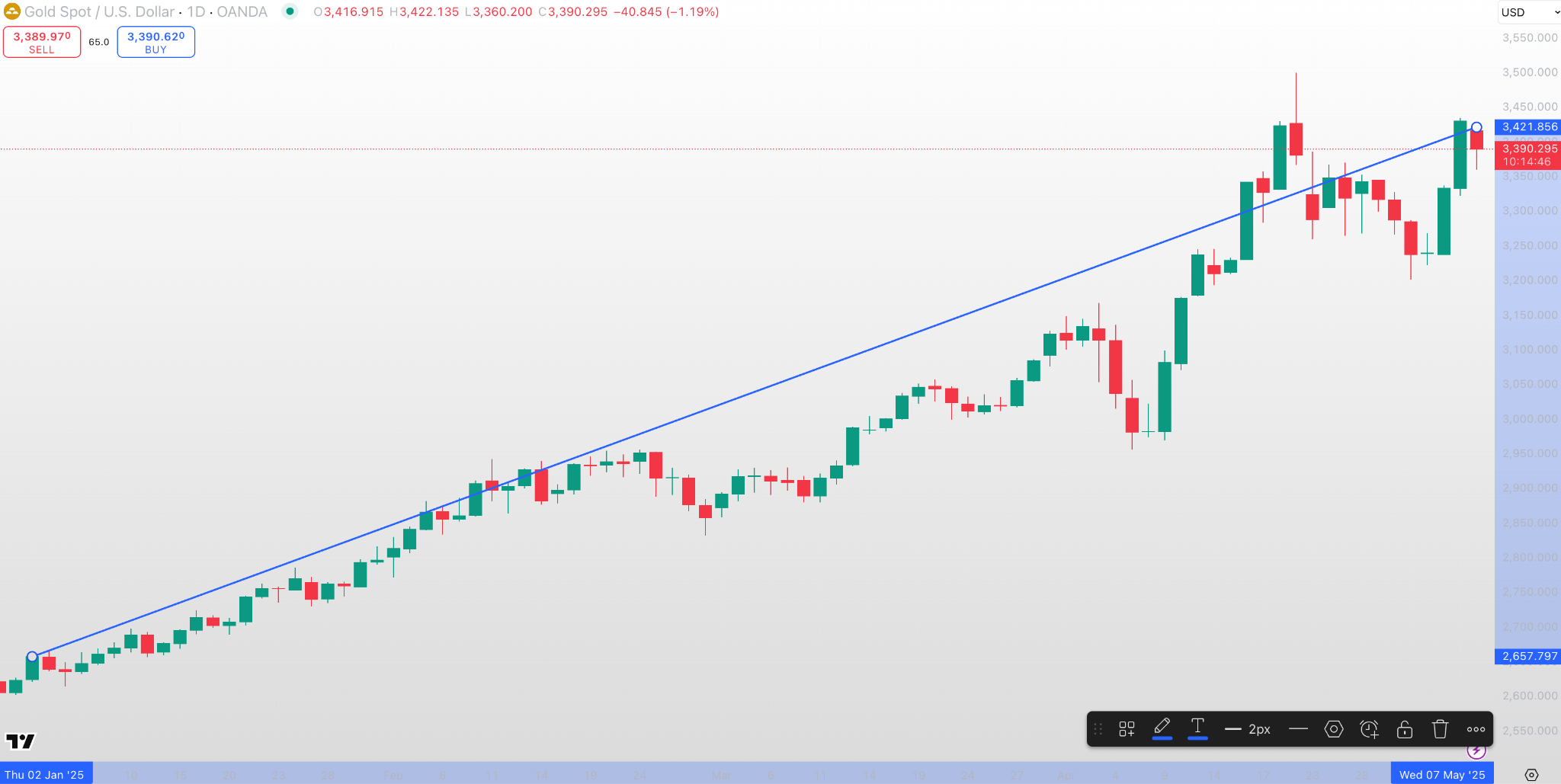
New Delhi, September 19, 2025 : The Indian stock market, which had been riding a strong wave of momentum in recent weeks, experienced a noticeable yet healthy slowdown this week. As global and domestic factors stirred mixed sentiments, both key indices — Sensex and Nifty — closed lower on the final trading day, signaling a phase of cautious consolidation.
Market Performance Snapshot
The Sensex fell by 240 points, closing at 82,771, while the Nifty 50 dipped 60 points, settling at 25,361. Sector-specific pressures and a broader mood of caution played a role in this dip, reflecting a natural pause in an otherwise optimistic run.
Key Reasons Behind the Dip
Several factors contributed to this week’s downward shift:
- Profit Booking: Following several weeks of gains, many investors opted to lock in profits, especially in heavyweight and large-cap stocks.
- Global Market Trends: Uncertainty over global inflation, interest rate decisions by central banks abroad, and volatility in international equity markets influenced sentiment back home.
- Sector Weakness: Banking, IT, and auto stocks saw modest declines, adding downward pressure on the indices.
This was not an unexpected correction, but rather a phase of adjustment — allowing the market to realign with broader economic and corporate realities.
Market Sentiment & Investor Response
Despite the dip, overall investor confidence remains steady. Retail and long-term investors are largely viewing this period as an opportunity to reassess their strategies. The slight correction is helping balance overvalued segments and creating entry points for those who missed out on earlier rallies.
Systematic Investment Plans (SIPs) and passive investing continue to gain popularity, with many investors maintaining their long-term approach despite short-term fluctuations.
What Lies Ahead?
Going forward, market movement is likely to be shaped by:
- The Reserve Bank of India’s upcoming monetary policy decisions
- Quarterly earnings reports across key sectors
- Global economic indicators, including oil prices and US Federal Reserve cues
- Domestic macroeconomic data such as inflation and industrial output
The overall outlook remains cautiously optimistic, with short-term corrections expected to pave the way for more sustainable growth in the coming quarters.
Conclusion
The Indian stock market’s recent dip is not a cause for concern but rather a normal and necessary part of a growing market cycle. It serves as a reminder that markets don’t move in straight lines, and periods of correction are healthy in the long run.
For investors, this is a moment to remain grounded, focus on financial goals, and use the opportunity to build strong, diversified portfolios. As the market evolves, a steady hand and a long-term view remain the most powerful tools in navigating market ups and downs.


